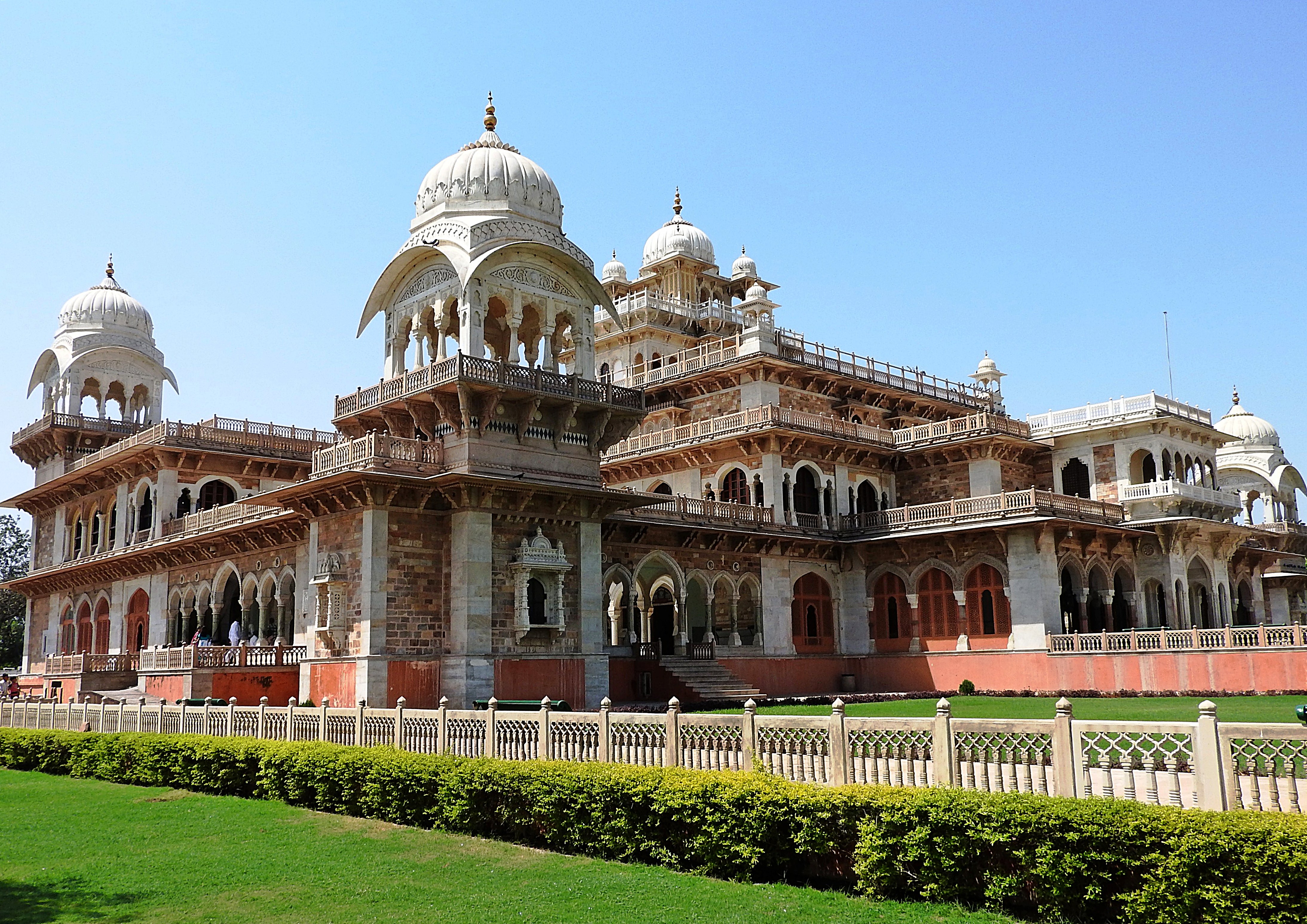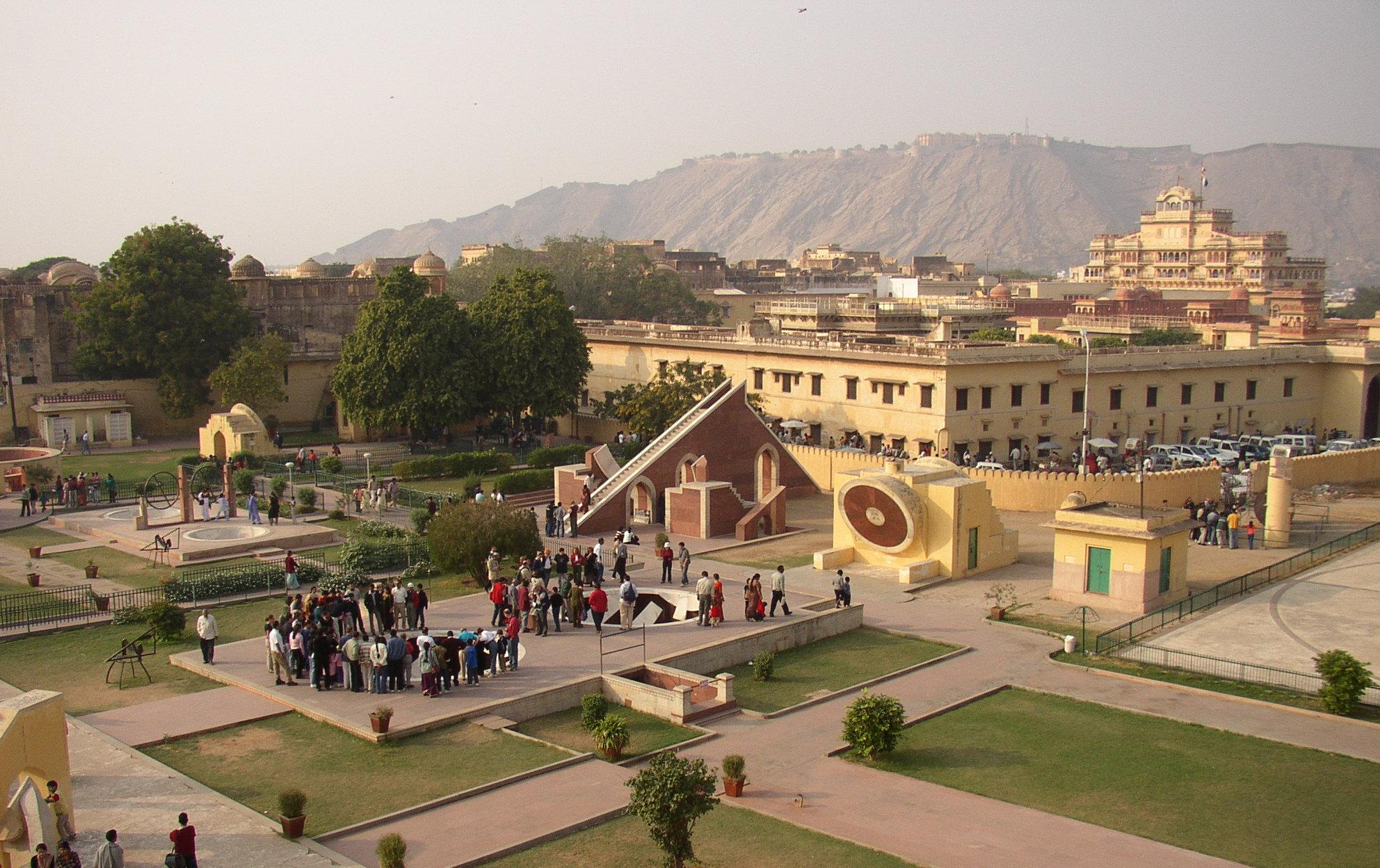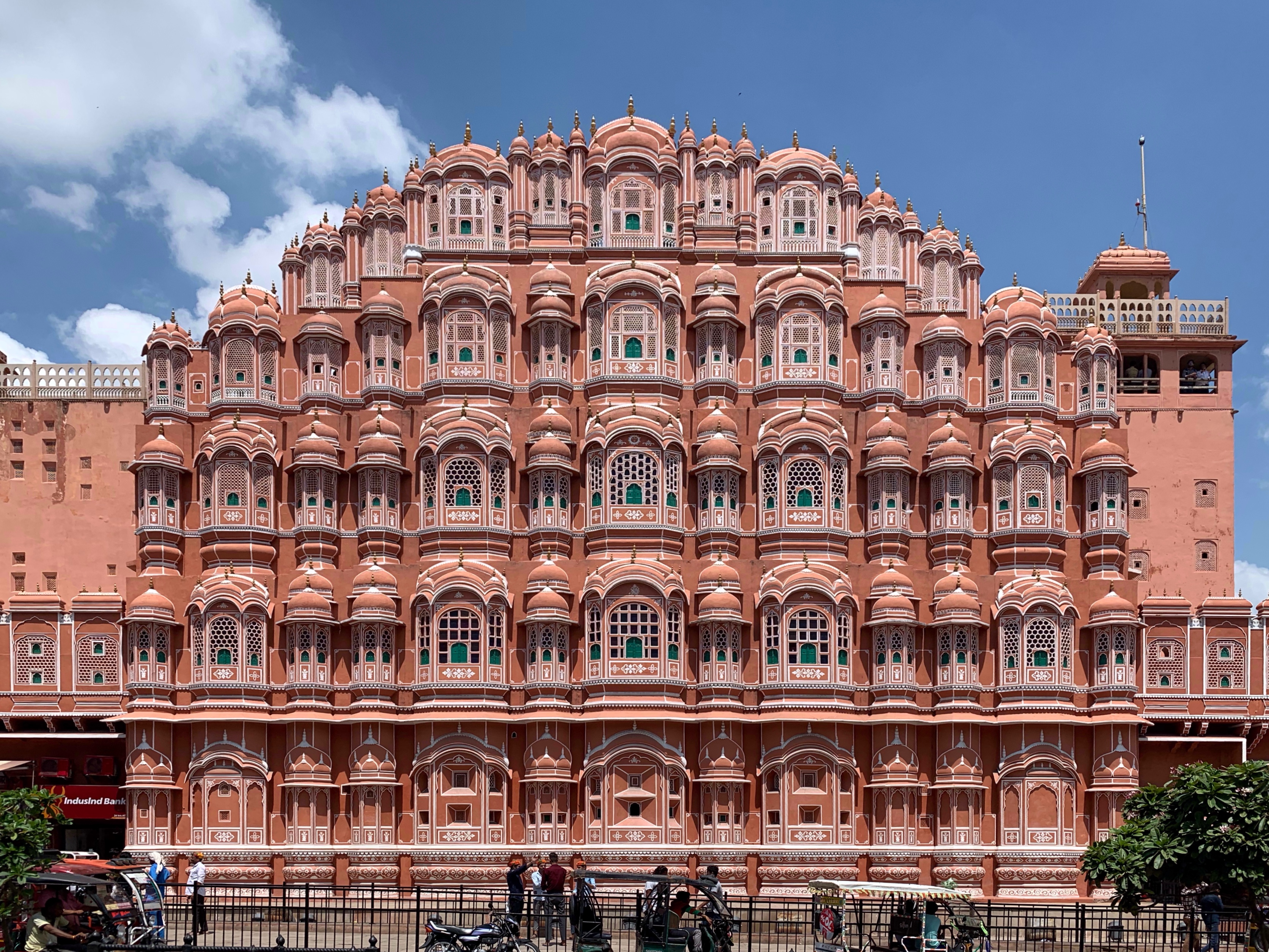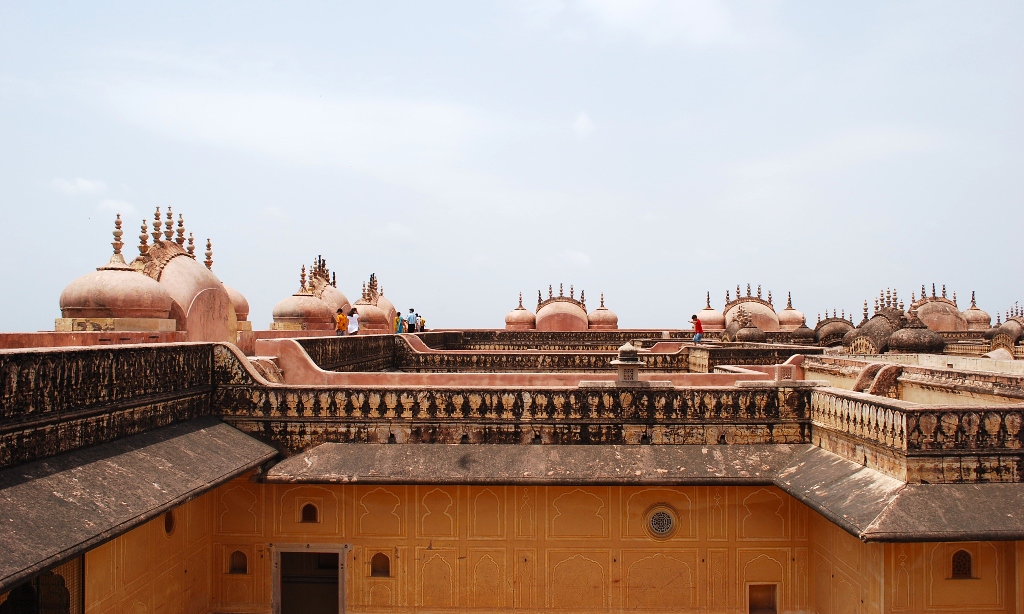The Albert Hall Museum in Jaipur stands as a magnificent testament to India's cultural heritage, born from the vision of Maharaja Sawai Ram Singh II in 1876. The museum's inception was tied to a significant historical moment - the visit of Albert Edward, Prince of Wales, who would later become King Edward VII. The foundation stone was laid during this royal visit, marking the beginning of what would evolve from a planned town hall into one of Jaipur's most iconic cultural institutions under the guidance of Maharaja Madho Singh II.
The architectural brilliance of Albert Hall was brought to life through the expertise of Sir Samuel Swinton Jacob, who served as the British architect and director of Jaipur Public Works Department. Working in collaboration with Mir Tujumool Hoosein, Jacob crafted the building in the Indo-Saracenic style, creating a harmonious fusion of Indian and European architectural elements. The construction, spanning over a decade until its completion in 1887, showcased the finest aspects of Mughal, Rajput, and Gothic architectural traditions. The building's magnificence was enhanced by the thoughtful use of local materials, particularly sandstone and marble, which not only contributed to its aesthetic appeal but also highlighted the region's rich geological heritage.
The museum's collection found its roots in an industrial arts exhibition organized by Dr. Thomas Holbein Hendley in 1883. This initial collection, carefully curated by Hendley in partnership with the Maharaja, represented an extraordinary assemblage of local craftsmanship and artistic excellence. The museum's founders took the innovative approach of commissioning specific pieces to ensure a comprehensive representation of Rajasthan's artistic traditions. Colonel Thomas H. Hendley's meticulous documentation of the collection in a detailed ledger continues to serve as an invaluable resource for the museum's inventory management, setting an early standard for museum practices in India.
The Albert Hall Museum played a pivotal role in Jaipur's cultural renaissance during the late 19th century. It emerged as a central hub for the preservation and promotion of traditional Rajasthani arts and crafts, drawing artists, scholars, and visitors from across the subcontinent and beyond. The institution pioneered several innovative practices in museum management, including the appointment of specialized guides and demonstrators to conduct informed tours - a practice that would later be adopted by museums worldwide. The museum's progressive outlook was further demonstrated by its dedication of Fridays exclusively for women visitors, a significant consideration given the prevalent practice of purdah in Rajasthan at the time.
The museum's collection has grown into an impressive array of cultural treasures over the years. Its galleries house an diverse assortment of artifacts, including traditional arms and armor, exquisite textiles, indigenous pottery, stone and metal sculptures, delicate miniature paintings, and even an Egyptian mummy. Among its most celebrated possessions is a remarkable Persian carpet that once graced the collection of Mughal Emperor Akbar. The museum's thematic organization guides visitors through a comprehensive journey of Rajasthani and Indian art and culture, while the building itself serves as a masterpiece of architectural craftsmanship, featuring intricate stone carvings, delicate filigree work, and stunning murals.
Through the changing tides of history, from princely rule to independent India, the Albert Hall Museum has maintained its relevance while adapting to contemporary needs. A significant renovation in 2008 transformed it into one of India's most technologically advanced museums, introducing modern amenities such as audio guides, interactive displays, and multimedia galleries. These modern additions have enhanced the visitor experience while carefully preserving the museum's historical integrity. The institution continues its educational mission through various exhibitions, cultural events, and educational programs that bridge Jaipur's rich historical legacy with its dynamic present.
The museum's influence extends beyond its architectural confines. Located within the beautiful Ram Niwas Garden, it forms part of a larger cultural complex that includes a zoo, conservatory, and art gallery. This integration into Jaipur's urban landscape has established it not merely as a tourist attraction but as a beloved landmark for local residents. The Albert Hall Museum remains a powerful symbol of Jaipur's commitment to preserving its cultural heritage while embracing modern progress, continuing to inspire new generations of artists, scholars, and visitors as it bridges various cultural and artistic traditions.








